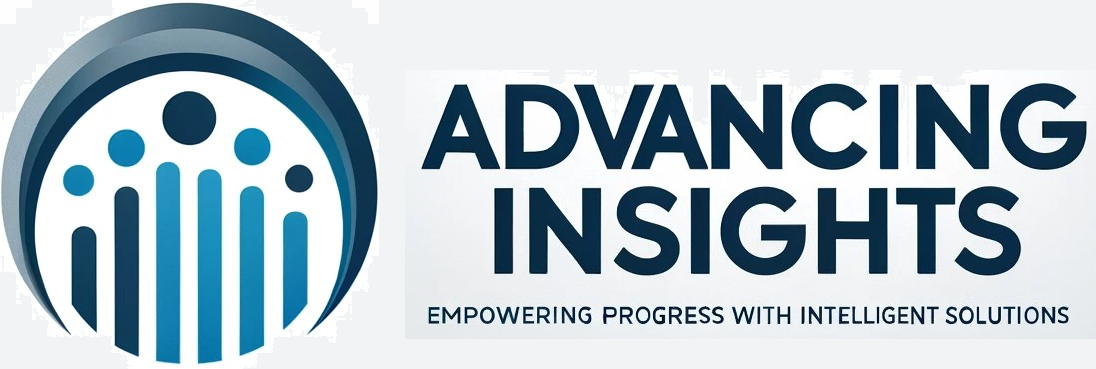MicroFormats - Tags
Doc Searls, "Making More Sense of the Web" - I think one reason the Net and the Web are so successful is they came without much of an organizing framework. The only directory was the domain name system (DNS), and it specified nothing that comes after the first single /. The rest was free to become as big a haystack as anybody wanted to make it."
It May Be a Small, Simple Thing -- Microformats
What's the Next Big Thing on the Web? from wharton - reg req - "Ever since the world wide web exploded in the mid-1990s, attempts have been made to extend its basic presentation format to create a richer, more meaningful network of information. Internet users have envisioned a web that presents information that can not only be read by humans but also be understood by computers.
Note: Both Doc with technorati and Hugh with thingamy have an interest in promoting them. Nevertheless, what they are talking about is good if you want to learn more about making sense of tagging content.
Doc, "There aren't but a few ways to organize things: categorically, alphabetically, numerically, chronologically, spatially, geographically... Until two phenomena came together: blogs and syndication. Together they're creating a corner of the Web--call it the syndisphere--that is organized chronologically.
As with RSS, tagging brings a new organizing principle to bear, at least on its own corner of the Web. Tags are labels individuals can apply to anything" Doc goes on to write more about microformats, rss, tags, etc.
Read my post, Viva la tagging to follow three good discussions on tagging as well as an older post, Tags Describe Feelings.
Tags describe aboutness with your worldview
Hey, are you paying attention? Since I tag my post with tags that describe aboutness with a worldview perspective, it is easy to find them using the related tags block on the right. There are three more methods to find tagged content in addition to the one I just mentioned.
- use the tagclouds,
- use search tags using any combination - tag1 + tag2 + tag3, etc.,
- use the browser address bar - http://www.advancinginsights.com/ tags/social/software/blogs
Tag - Tag - Retag
Ideascape uses tags extensively so users can describe in their own words what content is about. Every registered user has tagging permissions on new and existing content. Read Complexity
Theory Meets Spiderman.
A MicroFormat wiki has been set up to define standards.
Abstract: "RelTag is one of several MicroFormats. By adding rel="tag" to a hyperlink, a page indicates that the destination
of that hyperlink is an author-designated "tag" (or keyword/subject) of the current page. Note that a tag may just refer to a major portion of the current page (i.e. a blog post). e.g. by placing this link on a page."
http://www.advancinginsights.com/ tags/social/software Both social and software are individual tags - use as many tags as you want to find information.
Tags Are Visible Metadata
"rel="tag" hyperlinks are intended to be visible links on pages and posts. This is in stark contrast to meta keywords (which were invisible and typically never revealed to readers), and thus is at least somewhat more resilient to the problems which plagued meta keywords.
Making tag hyperlinks visible has the additional benefit of making it more obvious to readers if a page is abusing tag links, and thus providing more peer pressure for better behavior. It also makes it more obvious to authors, who may not always be aware what invisible metadata is being generated on their behalf.
As a result the invisible tag link syntax variant: <link rel="tag" href="..." /> SHOULD NOT be supported by implementations."
Hat tip to Hugh from gapingvoid for the link to Doc - thanks, doc!

